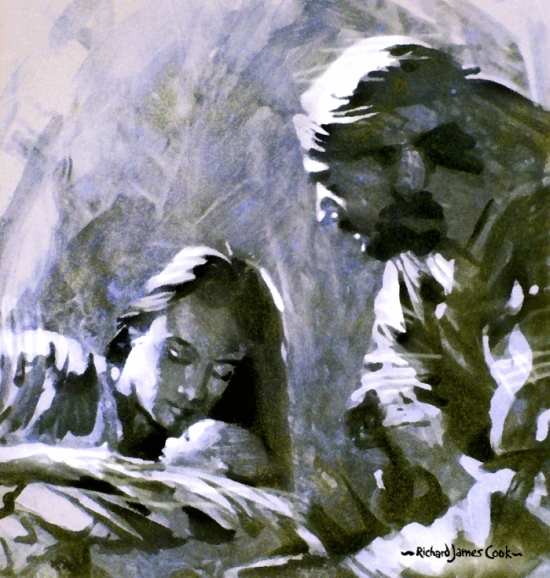4807. CHAPTER 38
In the preliminary section of the previous chapter, in 4661-4664, an explanation was begun of what, in Matthew 25:31-end, the Lord said about judgement on the good and the evil, who are there called the sheep and the goats. What the internal sense of those words is has not yet been explained, but comes up for explanation now in the preliminary sections of this and a couple of chapters 1
following it. From these explanations it will be clear that by a last judgement in this parable He did not mean a last phase of the world, when - for the first time - the dead will rise again and will be gathered before the Lord and will be judged, but that He meant the last phase of a person passing over from the world to the next life, this point being his time of judgement. This is the judgement He meant. But none of this is seen from the sense of the letter, only from the internal sense. The reason the Lord spoke in the way He did is that He spoke using representatives and meaningful signs, as He has done everywhere else in the Old Testament Word and in the New. For to speak using representatives and meaningful signs is to speak simultaneously to the world and to heaven, that is, both to men and to angels. This kind of speech, being universal, is Divine and therefore proper to the Word. Consequently, those who are in the world and are interested only in worldly matters grasp nothing else from the words spoken by the Lord regarding a last judgement than the idea that everyone's resurrection will take place at one and the same point in time, when the Lord will sit on a throne of glory and address those gathered together there in the words used in the parable. But those who are interested in heavenly matters know that each person rises again at the point in time when he dies, and that the Lord's words in the parable carry the teaching that everyone will be judged according to what his life is, thus that everyone brings his judgement with him because he brings his life with him.
Notas a pie de página:








